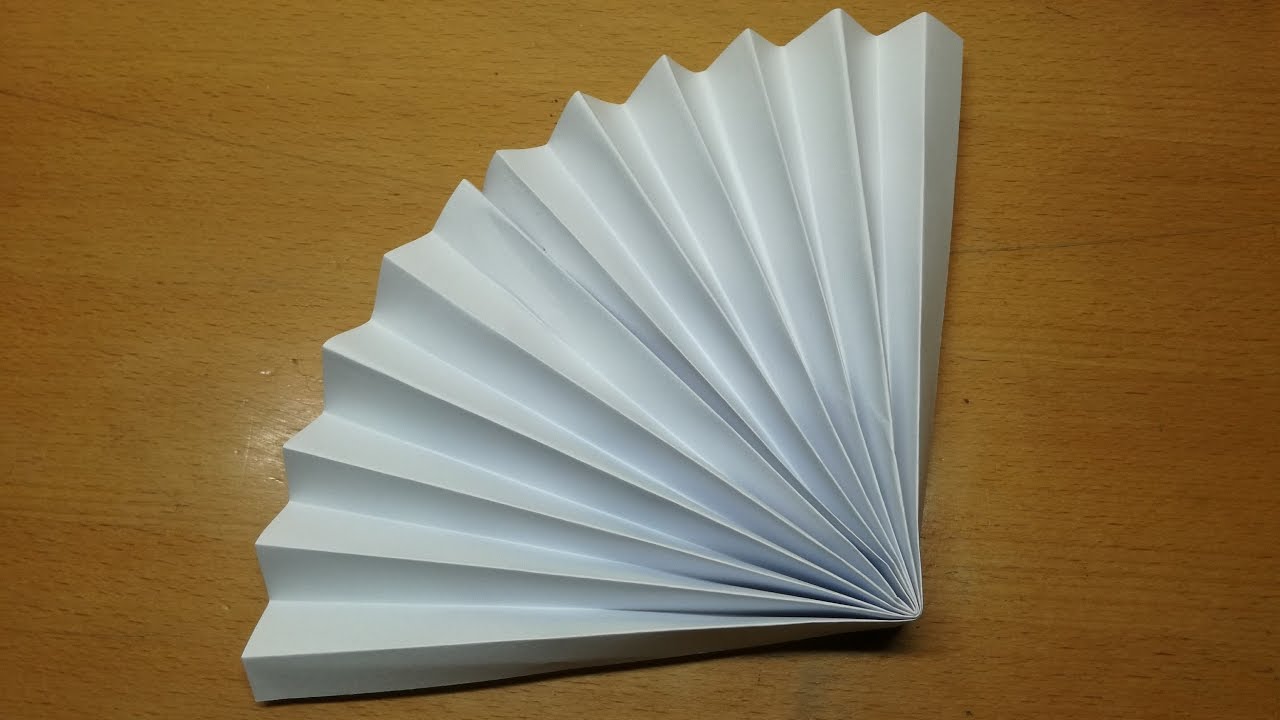Nagakin's answer is relevent to the video you linked in the first post.
The truthful answer is, you'll always be fighting against the knife at least a little bit, as it wants to travel straight and not move to the side. You can combat this a few ways, as mentioned above, and there's also the option to have your cuts fan out with the pivot point staying in the same spot. Kind of like this:
However, your best option is to
not use this cutting technique, and instead just lift the tip of the knife up with every cut. It's called a push-cut and it uses a very similar motion, the main difference being that you do not need to have the knife touching the board at all times. With a bit of practice push-cutting ends up being faster, more accurate and allows you more area to use on your knife.





